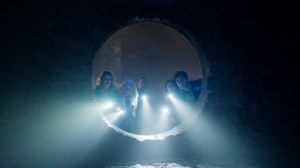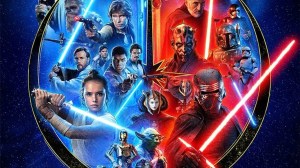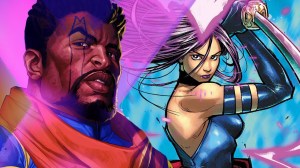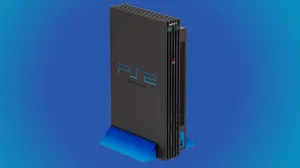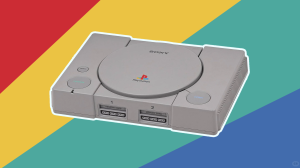When it comes to manga, few names carry as much weight as Kodansha. Home to classics like AKIRA, Ghost in the Shell, and Initial D, the company is known for shaping the global manga fandom for decades. And now, it’s ready to step into a new territory with its U.S. extension. Kodansha announced the launch of a special English-language edition of Young Magazine USA. This edition will feature around 20 manga titles, some of which will be one-shot stories and others entirely new series.
Videos by ComicBook.com
The U.S. version also features works by popular artists, such as Hiroshi Takashige, best known for writing Spriggan, and Robico, the creator behind My Little Monster. Nonetheless, as exciting as this expansion feels, there is one big question in fans’ minds: How will Kodansha handle the interpretation? In a world where AI tools are everywhere, people are worried about cultural nuances getting lost along the way. To clear the air, Hidemi Shiraki, Editor-in-Chief for Young Magazine USA, got candid about the process while speaking to ComicBook.com’s J.R. Waugh.
Young Magazine USA Editor Stresses No AI in Their Manga Localization Process
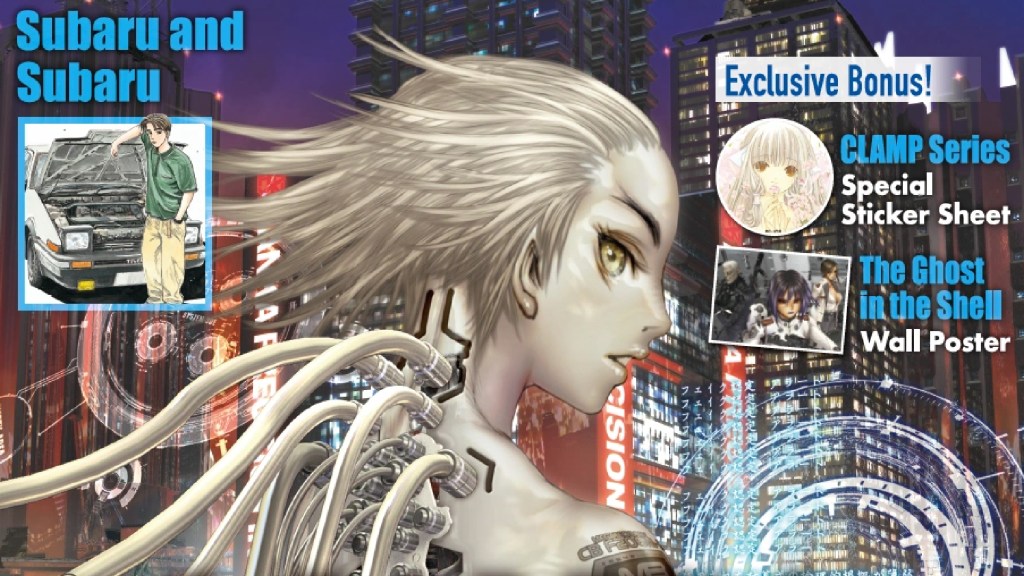
Despite a tight publishing schedule, Shiraki made it clear that AI has no place in Manga. He said, “All translation was done by human translators and editors; no AI was used.” The Editor-in-Chief then added, “In addition to the usual proofreading schedule, we allotted time for translation, which took about two months to complete 1,000 pages.”
Shiraki also reassured that the entire process was handled by “experienced translators and editors” who have worked together on many past projects. “At Kodansha, there is a department called the International Rights Department, and through that department, a specialized team was selected. The criteria for selection were the ability to express in English and the sensitivity to accurately grasp the nuances of Japanese,” He highlighted.
The Editor-in-Chief also encouraged “strong emphasis” on maintaining the tone of the original work as much as possible. “Rather than a literal translation, the focus was on faithfully reproducing the author’s voice and rhythm”, he shared. He further commented, “We worked closely with the translation team, having detailed discussions to ensure cultural and contextual sensitivity. The focus of the translation was solely on enhancing the accuracy of meaning and nuance, rather than altering the content.”
Shiraki’s words emphasize a core point: a bad adaptation can ruin a story. As long-time manga fans already know, localization isn’t just about a word-for-word translation. It’s about maintaining the author’s voice and the story’s essence so non-native readers from outside the creator’s region can fully understand and immerse themselves in the story and experience manga as authentically as possible.
This “No AI” stance also shows how serious Kodansha is about its reputation. As a leading publishing house, opting for shortcuts was not an option. It’s a mindset that echoes acclaimed manga artist Hayao Miyazaki’s famous criticism of AI. He believes that real creativity needs human touch, no matter how tough the process.
All things considered, Young Magazine USA is a big deal for American readers. It is important to note here that Young Magazine is designed for older readers who prefer bolder, darker, and more complex stories in genres like sci-fi, horror, crime, politics, dystopias, and cyberpunk. Unlike the general market that leans heavily towards the shonen manga like My Hero Academia and Naruto, this magazine is bringing seinen manga into the spotlight. It is also a part of Kodansha’s KManga app, an official platform for reading manga in English translations with early access to chapters.
For American readers, if you’ve been waiting for a chance to explore more mature manga, this is it. Let us know in the comments which series you’re most excited to see in English!


